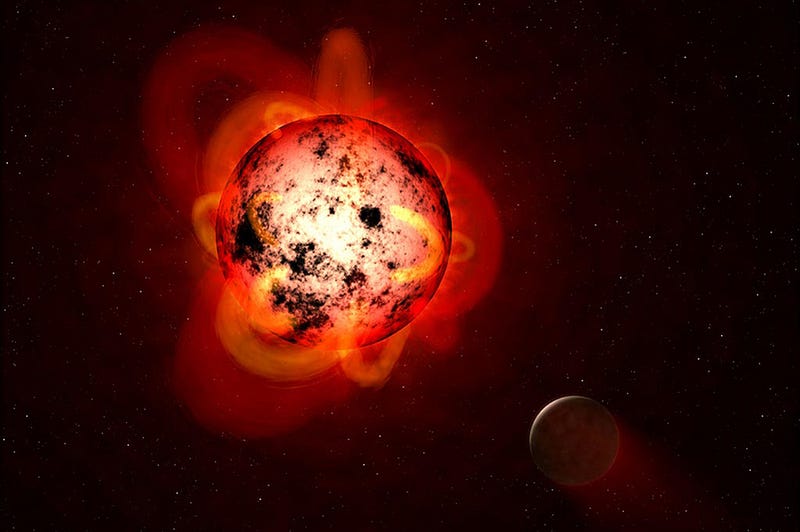NASA's TESS Unveils a Lightweight Mars-Sized Exoplanet
Written on
Chapter 1: TESS Mission Insights
NASA's Transiting Exoplanet Survey Satellite (TESS) is making remarkable strides in the exploration of exoplanets. A recent study published in Science has unveiled the discovery of a Mars-sized exoplanet known as GJ 367b, which completes its orbit in a mere eight hours. This finding adds to the catalog of sub-Earth and ultra-short-period planets.

Section 1.1: Characteristics of GJ 367b
GJ 367b's close proximity to its star allows scientists to estimate its mass effectively. This small planet possesses a rocky composition akin to Mercury, featuring a core predominantly made of iron and nickel, which could account for approximately 86% of its overall structure.
TESS initially detected this exoplanet in 2019, observing a decrease in the star's brightness as the planet transited. Confirmation came through the High Accuracy Radial Velocity Planet Searcher (HARPS) instrument located at the European Southern Observatory in Chile. The data gathered allowed researchers to deduce various properties of GJ 367b.
Section 1.2: The Environment of GJ 367b
It's important to note that GJ 367b is not a candidate for habitability. Although it orbits a red dwarf star, it endures exposure to radiation that is 500 times more intense than what Earth experiences from the Sun. The extreme proximity to its star results in daytime temperatures soaring to around 1,500 degrees Celsius.
Chapter 2: The Potential for Planetary Families
Despite its inhospitable conditions, GJ 367b may have companions. Red dwarf stars are known to host multiple planets, and it's conceivable that other celestial bodies in this system could offer more favorable conditions for life. With the parent star located just 31 light-years from our solar system, this system warrants close observation by space missions.
In the video "TESS Discovers Its Tiniest World To Date," viewers can explore the details of this discovery and understand its significance in the realm of exoplanet research.
Additionally, the video "TESS Discovers a Remarkable Earth-Like Planet In The Habitable Zone" highlights the ongoing quest for potentially habitable exoplanets and the implications of TESS's discoveries.
More Information
- DLR Institute of Planetary Research press release
- MIT press release
- “GJ 367b: A dense, ultrashort-period sub-Earth planet transiting a nearby red dwarf star,” Kristine W. F. Lam et al., 2021 December 2, Science
This article is part of the Daily Space podcast/YouTube series. For more updates from Dr. Pamela Gay and Erik Madaus, visit DailySpace.org.